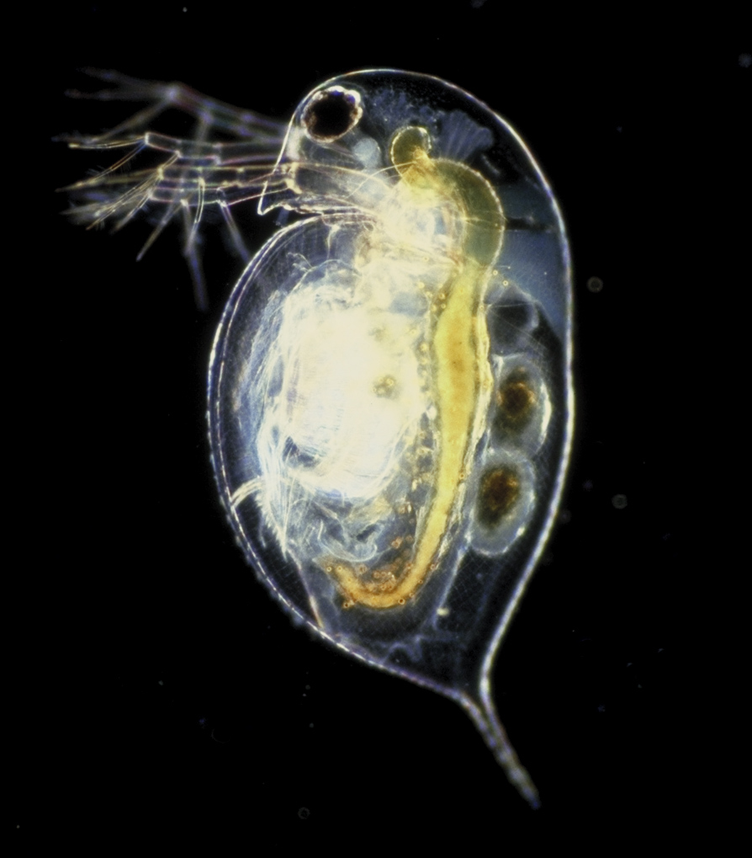
Summary: This week something I learned is that there are tiny animals called water fleas that are sensitive to chlorinated water. They only live in clean water with no chlorine because they can't survive in it for too long. They can prevent this by moving to a different water source nearby or connected to the one they are in. You can tell how much chlorine in the there is by checking the water for water fleas and if there are a lot that means the water doesn't have any chlorine or just not that much. One more fact is that if there is none or not much water fleas then there is a lot of chlorine in the water.
SP4: Analyzing and interpreting data
Scientific investigations produce data that must be analyzed in order to derive meaning. Because data usually do not speak for themselves, scientists use a range of tools—including tables, graphs, drawings, and statistical analysis—to identify the significant features and patterns in the data
Did you create a graph, table, drawing, etc. of the data you obtained in an experiment?
We studied data from an experiment with water fleas.
Scale, Proportion, and Quantitiy
SCALE, PROPORTION, AND QUANTITY HELP US UNDERSTAND HOW NATURE IS DIFFERENT WHEN WE STUDY THE VERY LARGE AND VERY SMALL.
Tell us what have you learned about how things change at different scales. This can be something that you notice in class or outside of class.
Identify a topic affected by scale, proportion or quantity and explain how things changed at different scales.
In class we identified how many water fleas were in the water slide and if the water fleas were put in the water slide or not.
